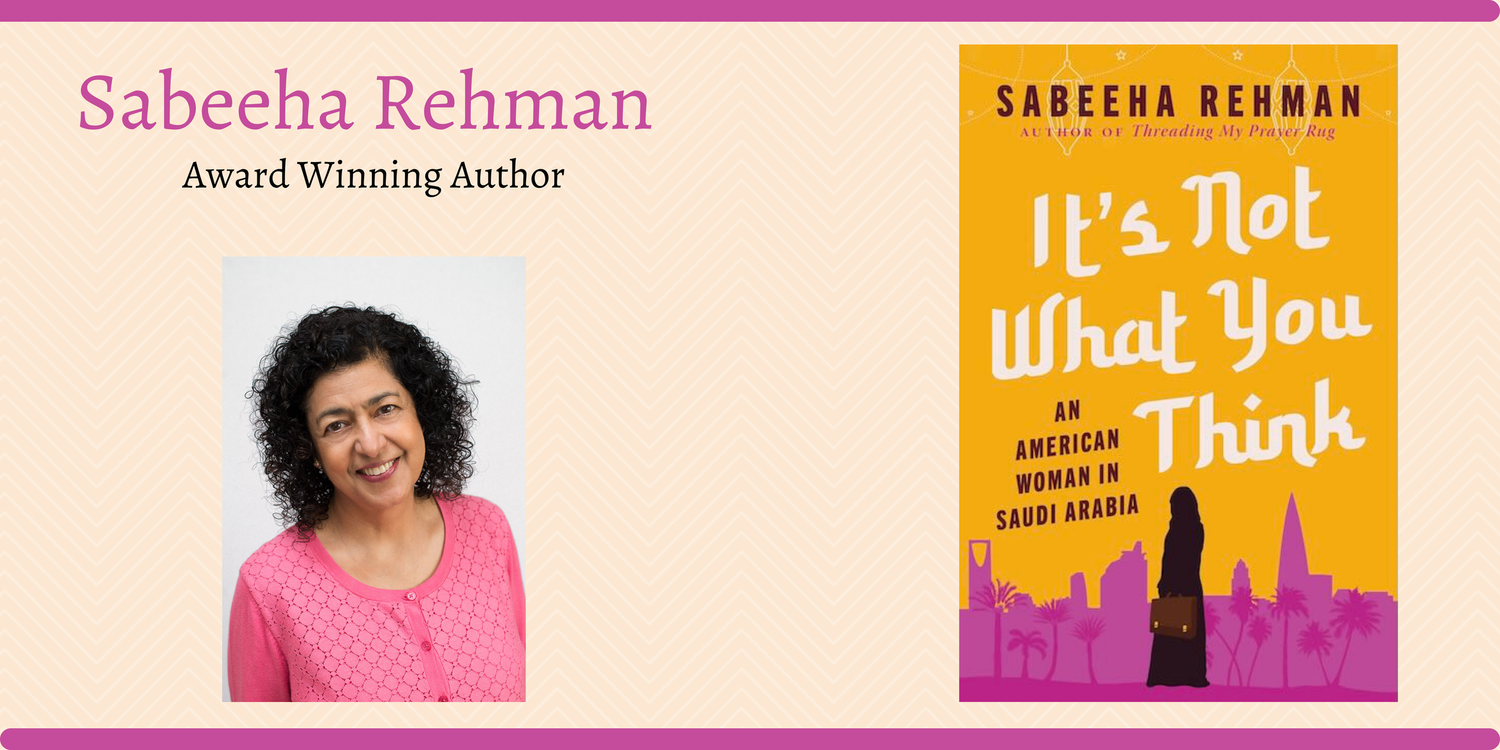“Do Muslim children play with dolls?” A friend of mine asked me. She was working on creating a line of rag dolls as part of a day care program for children living in homeless shelters. It had occurred to her to make a few dolls with a hijab for Muslim families. Why the question? Because she remembered that she was taught in school about Islam was that the display or artistic representation of images of people or animals was forbidden.
“Would that apply to modern, American Muslims?” she asked me.
For sure, you won’t see display of images in mosques. But she raised a good question.
I have always had dolls in my house, as a child, as an adult, and as a senior now.
As a child, dolls were a must-have for every little girl in every home. Growing up Muslim in Pakistan, I never heard that dolls were forbidden, not even by my grandparents, who were devout Muslims. These were dolls made of soft rubber-like material, probably latex. You could pinch her cheeks, and when you poked her stomach, she would let out a wail. We fed our baby doll with a water bottle, watched her pee, then changed her diaper. The little girl dolls were given a make-belief bath at night, changed into pajamas, and put to bed. Then we would shhhh around them.
One of the games we little girls played in Pakistan was having a wedding for the doll. The bride’s family would dress her up in a red bridal outfit with gold trimming, which our mothers would stitch, make her jewelry using green and deep blue colored beads, and adorn her hair with golden glitter. The groom’s family would get the boy-doll into a blue suit & tie, shiny black plastic shoes, and a white cap. We then had the entire ceremony played out: the baraat procession of the groom would enter with all the dolls filing behind him: girl dolls, boy dolls, baby dolls; the bride doll would enter with all her doll girlfriends; and the wedding ceremony would begin. We would sing wedding songs, make-belief food would be served, and then the bride’s mom—the girl who the doll belonged to—would give her away, in tears, and the groom’s family would depart with the bride. Not quite though. After the ceremony was over, the bride doll would be returned to the rightful owner.
When Daddy went to USA for military training in 1958, the best gift he brought for me was a doll in a white wedding dress. Mummy said that except for the blonde hair, she could pass for Elizabeth Taylor. I don’t remember if I gave her a name, but she was my favorite. She lived on a shelf in my bedroom—she was too delicate and finely dressed to be cuddled and taken to bed. My friends were in awe of her. When I went away to college, she moved into our family room. Dolls as beautiful as she were made to be admired. When I got married and came to the States, I left her behind in my mother’s care. She was never to be given away.
Years later, whenever I traveled to whichever country, the one thing I always purchased was a doll in the national dress. My family room was adorned with dolls from around the world, a Spanish couple in a Flamenco pose, a Japanese geisha in her yellow and green kimono, a Parisian in her crimson frilly gown holding her parasol, Moroccan in her green djellaba, German Bohemian in her white pinafore over a checkered dress, and who could resist the brightly painted Russian Babushkas. Each time I returned from my travels, my family would ask, “Show us the doll.” When our son Asim visited Costa Rica, he knew what to get me. When I downsized to an apartment, I packed them away. I didn't have the heart to part with my dolls. I have been giving the dolls to my granddaughters—the Pakistani bride, another in a pink saree.
When my bride doll turned 50, Mummy decided to give her a make-over. Her gown had faded, her make-up dried off, and she lost all her hair. But her skin was as good as a 20-year old bride. She stitched a new wedding dress—a brocade top with a flowing white satin gown, a satin cap to cover her bald head, a veil made from a fine net trimmed in white lace draped over her head and flowing down below her waist, a white necklace with pearly beads and matching bracelet. She re-did her nails in red and freshened up her makeup. The next time we spoke on Skype, she held her up for me.
“When I come to Pakistan in February, I am bringing her back with me,” I told my mom.
Mummy never got to give away the bride. My next visit to Pakistan was to bury my mother.
The bride has made it full circle to America. She has a new home in the land of her birth, with a place on my entertainment center in my apartment. The next time we gather in my living room, I will introduce you to her.
****************************
Order from:
A bookstore near you
and
Amazon (hardcover) Amazon (Kindle) Bookshop.org Barnes & Noble Indiebound
Books-A-Million Target.com Walmart.com
Order here on Amazon for your:
Paperback
Kindle
Hardcover
Audio, narrated by Yours Truly
Or look for it on the shelf of your neighborhood bookstore.
As an Amazon Associate, I earn from qualifying purchases
**********************************



